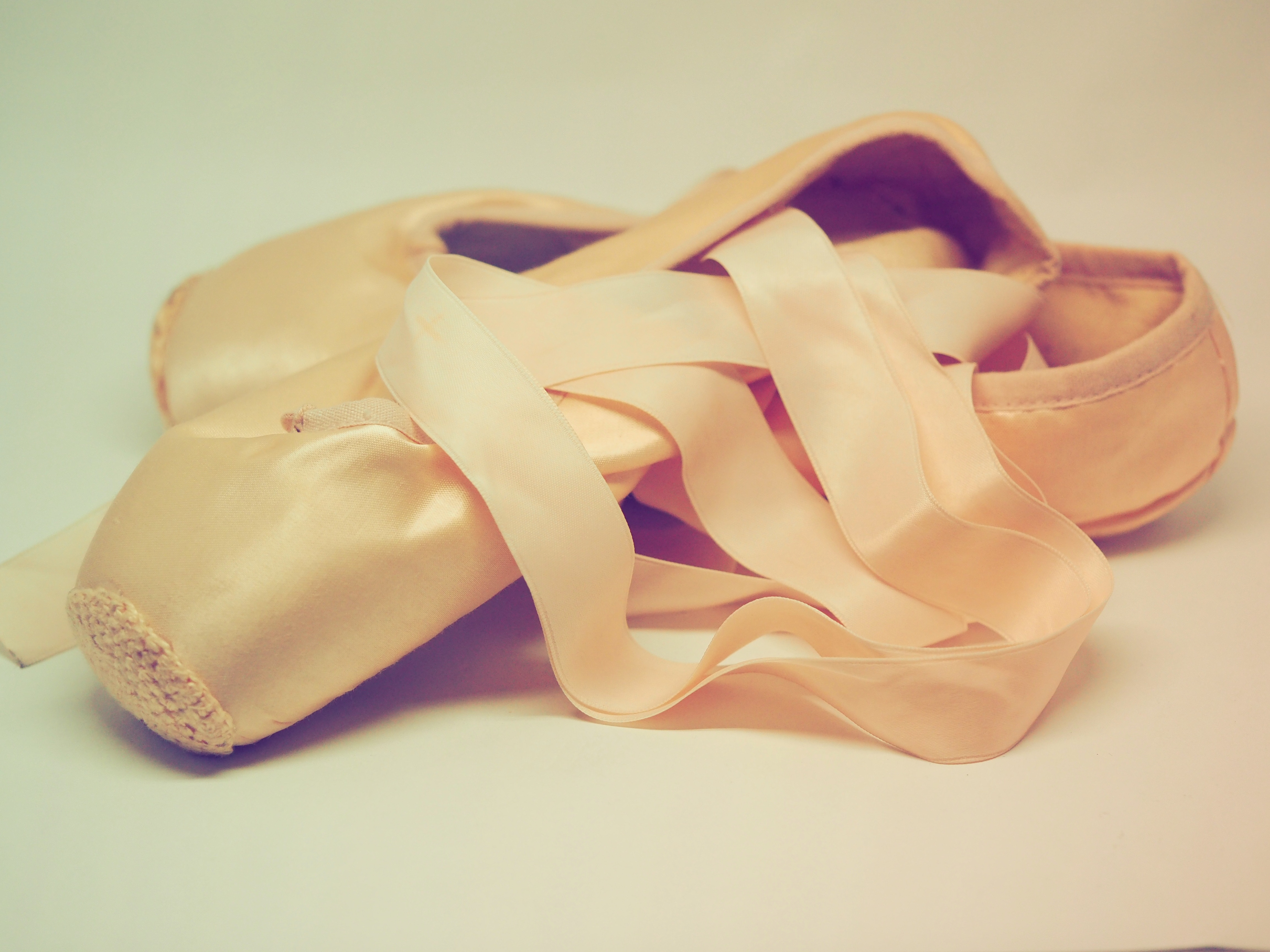Ballet Not Seen to Greatly Improve Gait or Balance in Small Study in Parkinson’s Patients

Ballet practice may not improve balance and gait in people with Parkinson’s disease — at least not over the long term, a small study in patients engaged in dance for at least a year suggests, possibly contradicting earlier research reporting evidence of such benefits.
But the work did find probable social and psychological gains, noting a “high levels of adherence” among the Parkinson’s group, indicating motivation “to continue attending.”
Researchers for this study, “Effects of a ballet-based dance intervention on gait variability and balance confidence of people with Parkinson’s,” published in the journal Arts & Health, suggesting that more research needs to be done to understand whether and how dance therapy can be effective.
Dance can be beneficial for many, and especially people with neurodegenerative diseases. It is a form of physical movement that is often easier to “stick with” than just exercising, and offers social contact that rewards a person’s mental health and psychological well-being. Some previous studies specifically indicated that dance may improve motor skills in people with Parkinson’s.
The U.K. team here wondered whether ballet — a dance form that requires many balancing movements, like stabilizing weight on one leg while moving the other — would be of benefit for Parkinson’s patients.
They recruited 19 patients already enrolled in weekly “dance for Parkinson’s” classes. Participants had to have been dancing for at least three months, although most had already been participating for over a year.
Another 13 patients who refrained from ballet classes for the study’s duration served as a control group.
Over the course of a year, people in both groups were examined for changes in gait and balance. To analyze gait, a sensor was placed on a participant’s lower back when they walked across the room, allowing for measurements of stability as they walked.
For balance, the Activities-specific Balance Confidence Scale was given to participants. This questionnaire is a measurement of confidence in balance, not balance itself, since it’s asking participants questions about their perceptions of their own balance.
No significant difference in all of the above measures was seen between the two groups over the study’s year. This contradicted pro-benefit findings of previous research, and the investigators offer two likely explanations for this disparity.
“First,” they write in their study, “gait variability as an indication of dynamic stability has not been assessed in previous dance for Parkinson’s research.” Further, measures of gait variability used in this study might “not be comparable” to “commonly used clinical rating scales” that look more at “static balance tasks,” and reliance on their different variables may make all the difference.
“Secondly,” the researchers said, “previous studies evidencing changes to balance, gait, and functional mobility have often included a class frequency of two to three dance classes per week,” while participants in this study had one class per week.
They also suggested that a study limitation was the fact that its patient group had been taking the weekly classes for about a year prior to the study’s start. Regular long-term dance classes made it “possible that a ceiling effect may have occurred whereby any resulting change in gait variability as a result of the ballet-based sessions was no longer visible,” the researchers concluded.
“It is possible that the ballet-based sessions had a positive affect on gait variability for the participants; however, the measurements were not able to capture this early change at the beginning of their dance programme.”






